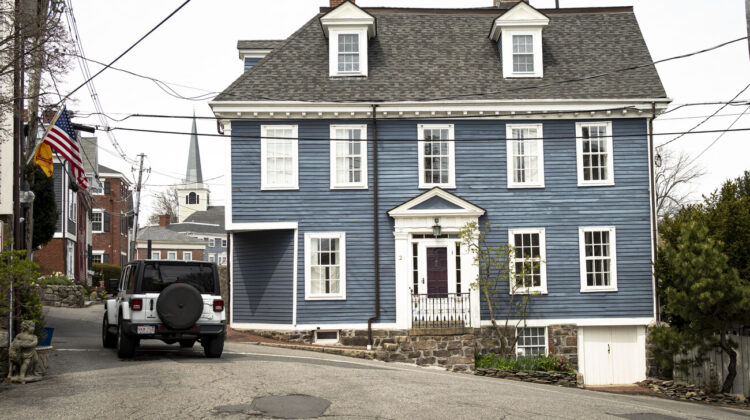The Four Corners Monument marks the only quadripoint of state borders in the United States. Here, the states of Colorado, Arizona, Utah, and New Mexico meet at one single point. For most people, this is a cool spot. For others, it is one shrouded in conspiracy.

See, it is alleged that the monument is actually 2.5 miles away from the actual quadripoint. Because of this perceived error, there are some people who believe that there is a particular, perhaps even nefarious, reason that the monument is in the wrong spot.
The United States’ National Oceanic and Atmospheric Administration’s (NOAA) National Geodetic Survey (NGS), however, debunked this in 2009 with a simple explanation.
In 1863, President Abraham Lincoln signed an act that divided modern-day New Mexico and Arizona. In doing this, he “specified that the dividing boundary should be coincident with the 32nd meridian of longitude west of the Washington (DC) Meridian.” This meridian, however, is outdated, given that in 1912, the US adopted the Greenwich Meridian.
TL;DR (that’s short for “too long; didn’t read”), the monument is on the actual Four Corners, and there is nothing sketchy about its location.
Probably.
Marblehead has something of its own Four Corners: Union Street, where five roads all convene. And at the center of this all is the George Minot House and Store at 2 Union St.
Like the Four Corners Monument, the Minot House has its own mystery. If you look at the front door elevation of the building, the leftmost bay of the house on the first floor is, well, not there.
Many stories have been told about the reason why a chunk of this building is seemingly missing. There are some mundane theories, such as the thought that this cut out allowed waste material to be poured down the streets uninhibited. A variation on this theory is that waste material actually rotted out the corner, and it was simply removed.
Another theory, coming from “Marblehead: Volume I” by John Hardy Wright, is that the corner of the building was “amputated” to make room for vehicles carrying larger loads of timber and coal.
Perhaps the most exciting theory, however, is the one which gave this building the nickname “the Lafayette House.” Marie Joseph Paul Yves Roch Gilbert du Motier Marquis de Lafayette – better known as the Marquis de Lafayette, went on a tour of all 24 states in the nation in 1824, and he made a stop in Marblehead along the way.
Legend has it that his carriage was so large that it could not pass the corner of 2 Union St. Thus, the corner of the building was removed to make way for the marquis.
The reason for the cut in the building is lost to time, but its presence, or more aptly, this absence remains.

